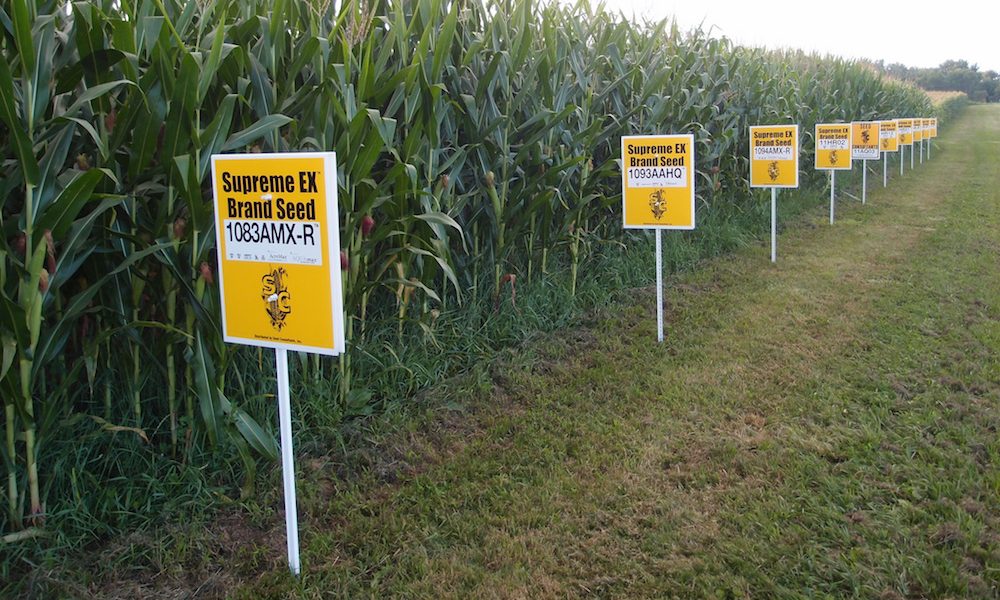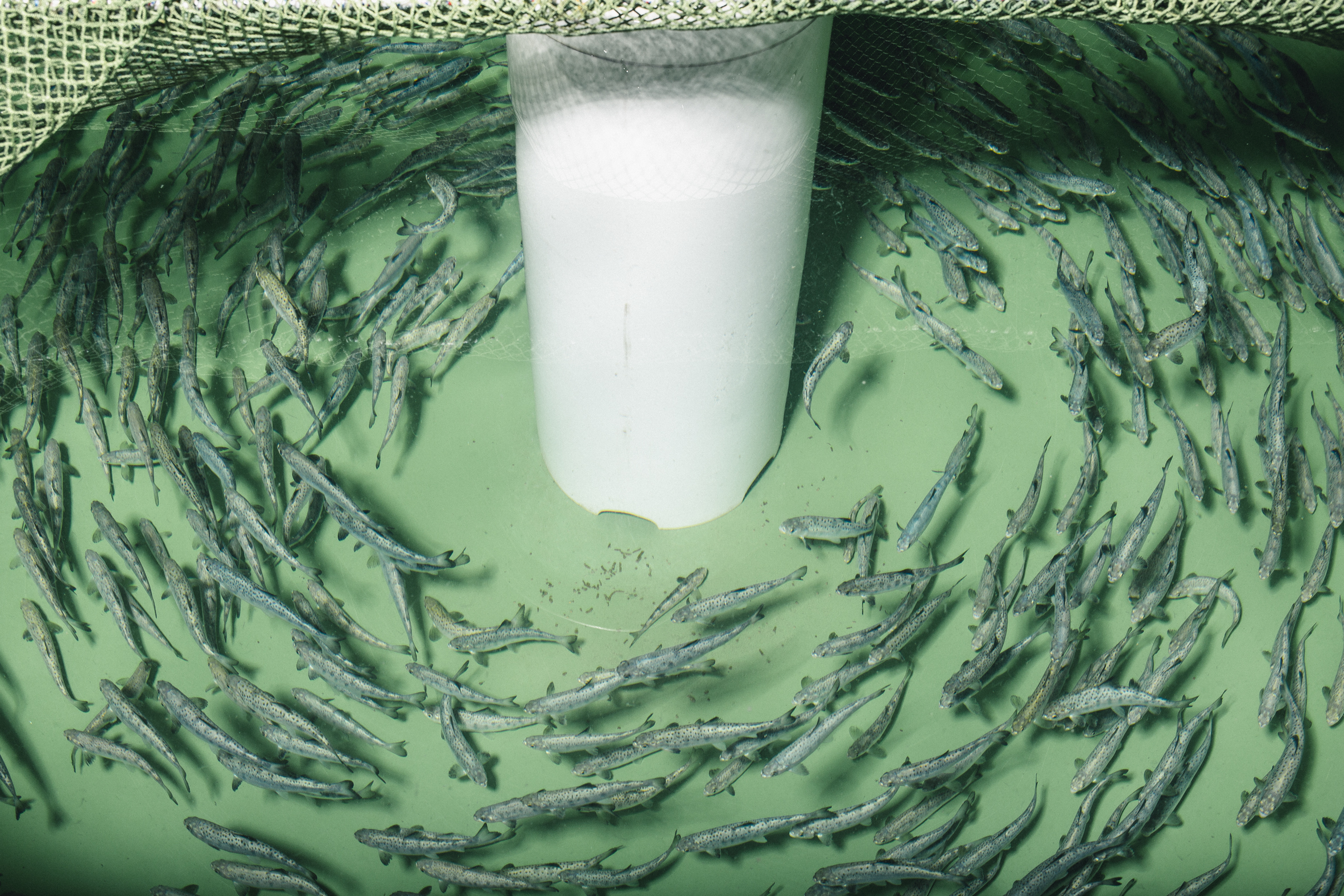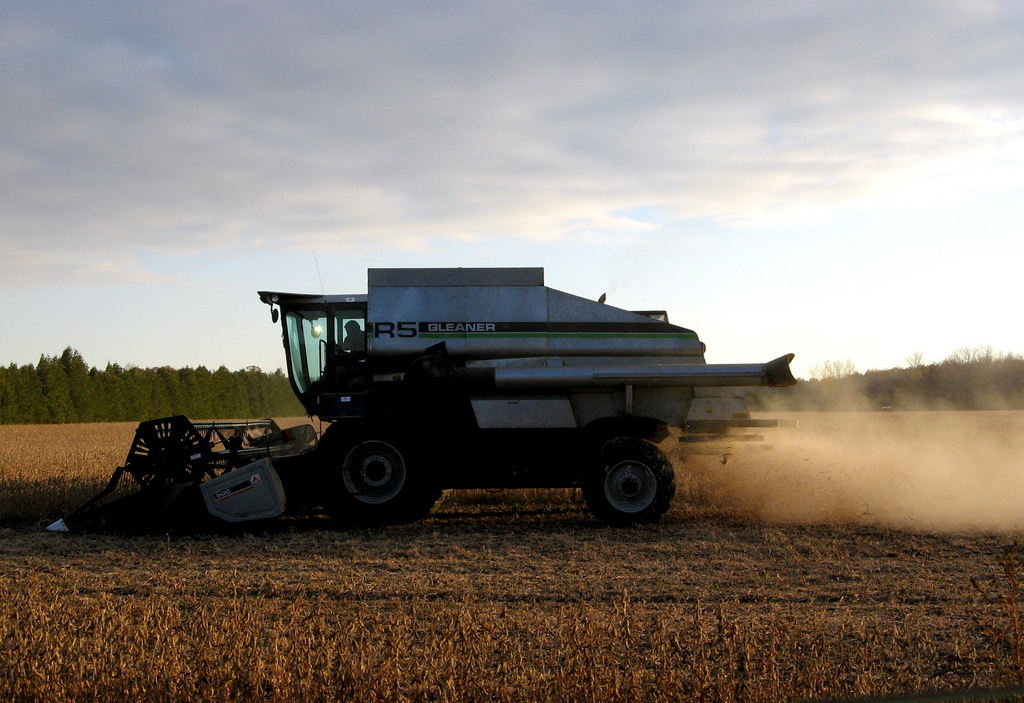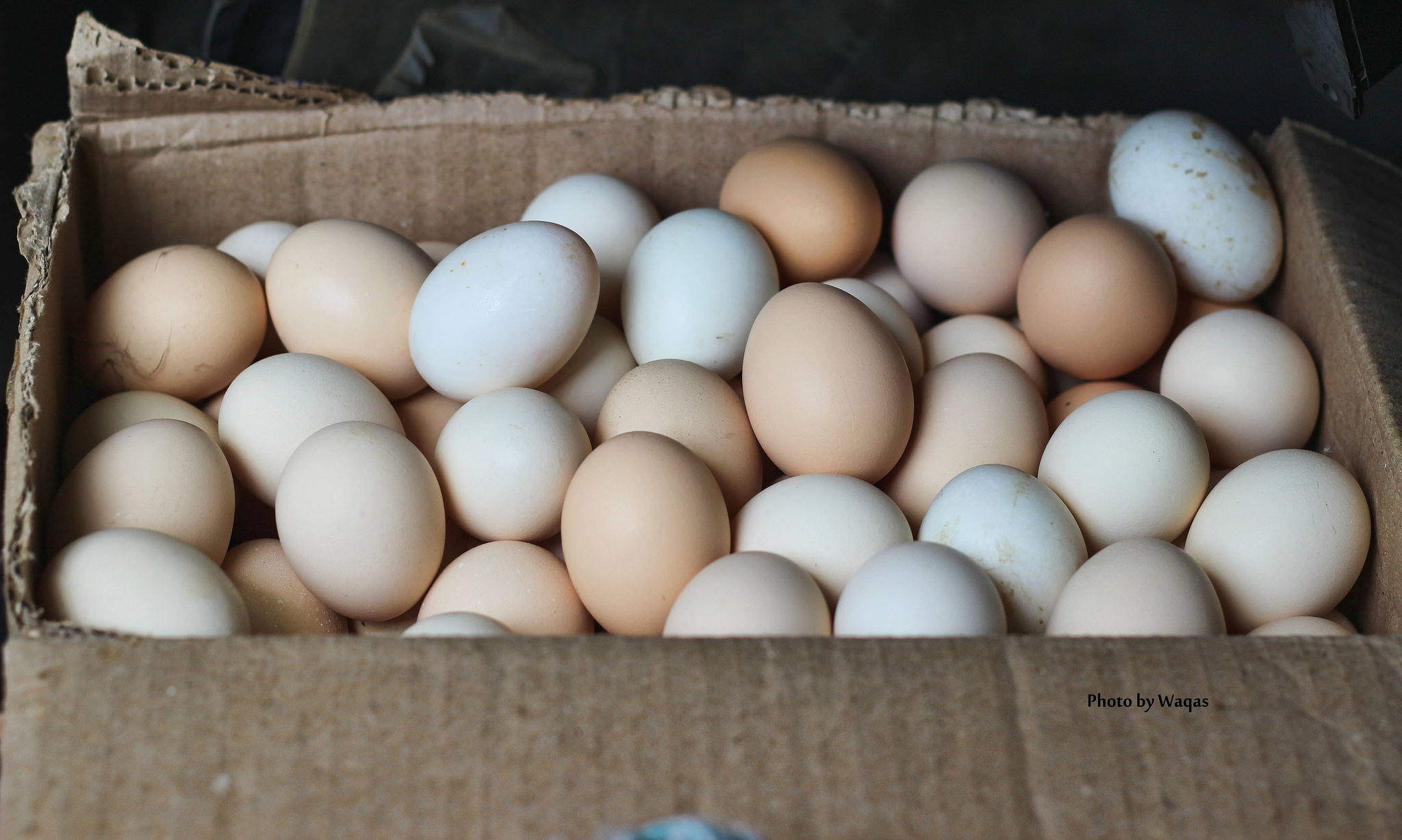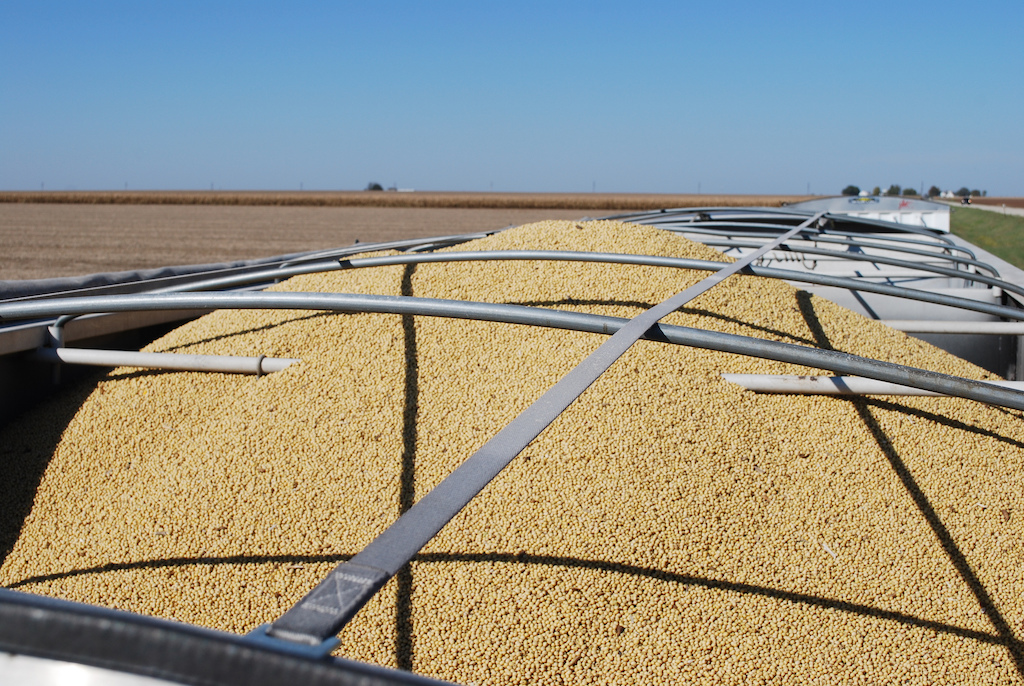You probably saw the headlines last week announcing the National Academy of Sciences had declared that, based on current evidence, foods produced using genetically engineered plants pose no threat to consumers. The academy did in fact make that point, but there are plenty of reasons to check out the report that go way beyond what the headlines captured.
I was especially impressed by the sections devoted to regulation, where the academy provides a dauntingly detailed look at why “just label it” is really no solution at all.
The National Academy of Sciences has reaffirmed its judgement that GMOs are safe to eat. https://t.co/xNlwvGMJkC pic.twitter.com/sQXSA7m8JX
— NPR (@NPR) May 17, 2016
If you want a microscopic critique of what the academy has to say, you’re going to have to turn to someone more expert than me. But here’s what the report seems to be driving at:
GMO versus non-GMO probably isn’t the right distinction. The NAS report notes at several points that genetic engineering per se doesn’t create new categories of danger, and there’s no reason to think that GE crop plants are more dangerous than plants created through other means. “The 2004 National Research Council report Safety of Genetically Engineered Foods: Approaches to Assessing Unintended Health Effects found that some breeding processes, including mutagenesis [using chemicals or radiation to get plants to mutate randomly on their own], are more likely to introduce unintended effects than some other breeding processes,” the report notes. “Whether such unintended changes pose environmental or human health risks depends on the specific changes made in the plant.” What’s more, as new techniques of genetic engineering are developed, it is getting harder and harder to draw clear lines between genetic engineering and everything else.
On the other hand, if you’re designing a system to catch harmful new strains of crop plants before they get to market, which ones do you screen? Everything? Everything with a large genetic change? (That one won’t work, says the NAS.) Everything with an unfamiliar trait? FDA’s current system is kind of charming: The agency says that strains produced through traditional methods seem to have worked out well in the past, so it exempts them from screening. It sounds scary, but is it actually the wrong approach?
Food safety isn’t the only issue. A genetically engineered crop plant isn’t just a food. It lives out in the world among other plants and animals. It produces proteins and other substances that are not necessarily eaten by people but might still have an impact on the environment. The U.S. regulatory system acknowledges this: If a new corn plant has been engineered to produce pesticidal proteins, FDA determines whether the corn is fit to eat, the Department of Agriculture makes sure it isn’t spreading plant pests or causing other environmental harm, and the Environmental Protection Agency ensures that the pesticide protein the plant produces doesn’t pose a threat.
Oh, and don’t forget trade. If it’s difficult to regulate the use of genetic engineering in food within the boundaries of one nation, it’s exponentially harder in the context of trade laws designed to prevent individual countries from arbitrarily blocking imports. But there are other issues: impact on farming and farmers, economic effects, fairness, ownership of intellectual property, ethics, and more. At the moment in the U.S., we use agencies dedicated to various forms of safety to control products and processes that present a whole world of additional concerns. Is it any wonder that an enormous number of people are unhappy with the results and that spurious science in the service of perfectly reasonable social goals sometimes threatens to overwhelm the conversation?
The science of testing is more extensive than you might think, which doesn’t actually help all that much. This is a point where the NAS report is heavy going for a civilian. The short version: Scientists, though not necessarily regulatory agencies, have the capability to learn an enormous amount about the chemical composition of a crop plant, the proteins and other substances it expresses, its metabolites, its metabolites after processing, and the composition of the proteins that survive digestion in the human body. The list of tests one genetically engineered potato had to jump through in 2008 included things like toxicity testing, toxicity testing for ducks, honeybees, marine life, earthworms, and other desirable organisms, allergen testing, and plans for grower education and continuous monitoring.
It’s amazing and admirable. But there’s one thing science can’t prove: that a given food is perfectly safe. (Let’s forget for a moment about the fact that some common foods, including kidney beans and cassava are actively poisonous if improperly cooked.) Science can estimate how risky a given food is. It can assign a number to that risk. It can lead you to statistical water, but it can’t make you drink. How safe is safe enough for you? You get to decide. But a regulatory system based on “perfectly safe” instead of “safe enough as far as we know” has no choice but to ban everything. It’s what the regulatory community calls worrying about type one error to the exclusion of type two error: For the sake of saving people from an erroneous decision to permit something, you ban a whole bunch of things that are harmless and beneficial.
How do we get past the deadlock?—and it really is a deadlock. You’ve got me. But here’s something to think about. The current system in the U.S. seems to somewhat favor not regulating new products. And a lot of new products are on the way. You’ve heard that genetic engineering is getting easier and easier. How easy? Check out this company, which is raising funds to produce, among other things, a home genetic engineering kit, that will allow you to produce glow-in-the-dark plants in your very own home. The company says there’s no regulatory problem with that.
Depends, I suppose, on how you define “problem.”
